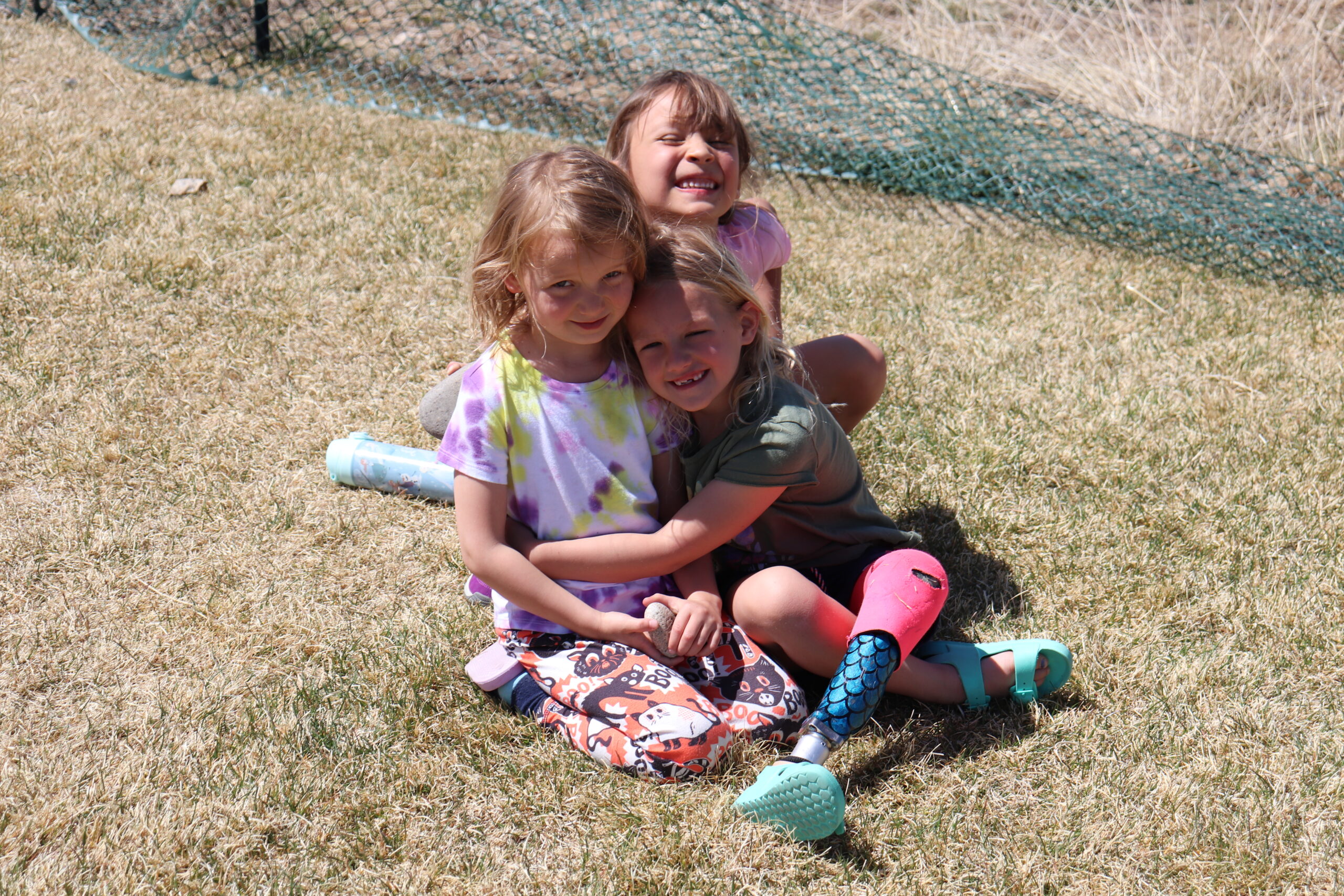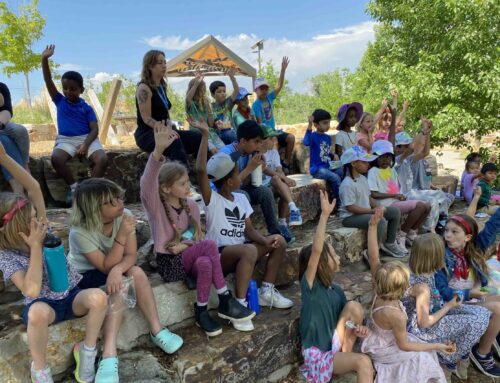Hello everyone!
Recently, a visitor to the school asked one of our staff members what she loves about Compositive Primary. She did not skip a beat before answering that, hands down, she loves the kids above all else. I mean, we are here for a reason, and that’s because we love working with kids. But that would be true at any school, not just here. However, what she said next really struck our visitor as particular to Compositive Primary.
She told a story of a recent visit to the Lily classroom where she was sitting with some students while they ate their snack. The boy she was sitting next to leaned over and said, “How are you feeling today?” He wasn’t simply making conversation; he was truly curious and wanted to know how she was feeling. She told him she felt pretty happy and then asked him how he was. He answered, “I’m feeling just okay right now.” They then went on to discuss the fact that it was perfectly okay to feel “just okay” since feelings are temporary and we can learn and grow from simply sitting with them (the boy didn’t use this language exactly, but that was the gist.
As the staff member told the story, our visitor was amazed. But I wasn’t – I knew that our students, from day one, reflect on and discuss their learning in a variety of ways. When they work collaboratively at the start of the year to create classroom agreements, the language that teachers use helps students recognize their own feelings and begin to understand how to read the emotions of others. “What do we need in our classroom to feel like we belong?” “What makes us feel like we can take chances and make mistakes?” Rather than simply foisting a list of rules on students, teachers develop in students a sense of self-advocacy – they want to create an environment in which they feel comfortable and engaged, and teachers believe in them to create that environment.

Similarly, from the beginning, teachers work closely with students to reflect on how they learn and to set goals for their learning based on their reflections. Every student’s goals are different from others because they learn differently and are in a different place from their peers. Teachers work carefully to meet each student where they are and help them take charge of their own learning. And during the course of each inquiry arc, teachers meticulously document each student’s progress, asking questions that encourage students to reflect on their growth and their challenges. Looking back at this documentation as they curate their digital portfolios, students can see clearly how far they’ve come.
This article on encouraging students to think about their own learning goes into detail on why this is a best practice and how to make sure it’s happening. I see it every day when I visit classrooms, and I hear about it regularly from parents seeing this thinking at home. One parent told me that whenever there was a tense moment at home, her daughter would say, “Mommy, it looks like we need to take some deep breaths.” How wonderful that she is able to recognize emotions in herself and in others. Even better, she has a strategy for managing difficult emotions. This is our goal: we want our students to know what to do when they don’t know what to do. And I am proud of our students who never cease to amaze me with their question-asking, resilience, and problem-solving ability. As our Compositive song says, they are truly “changing the galaxy, one question at a time.”





